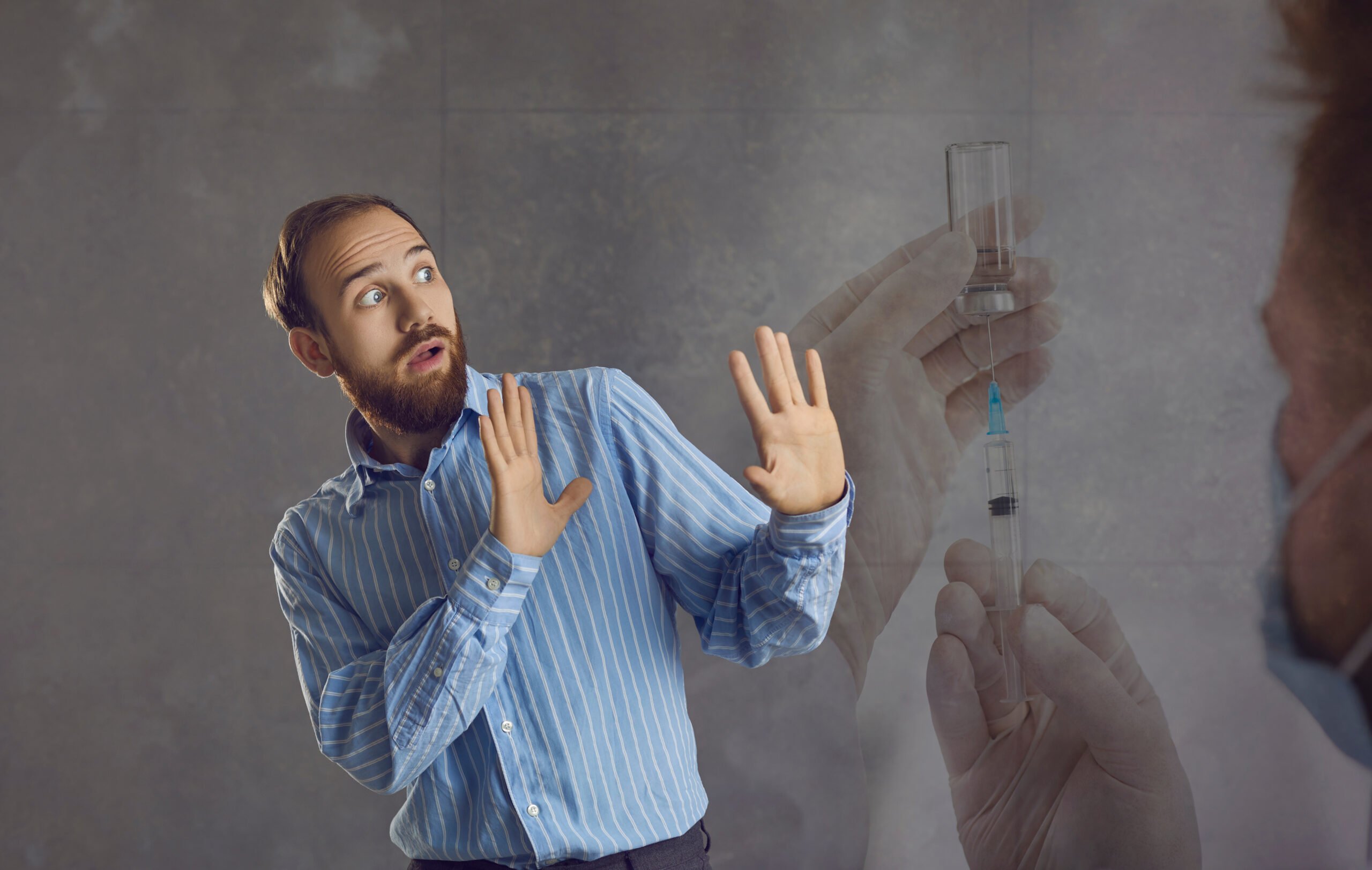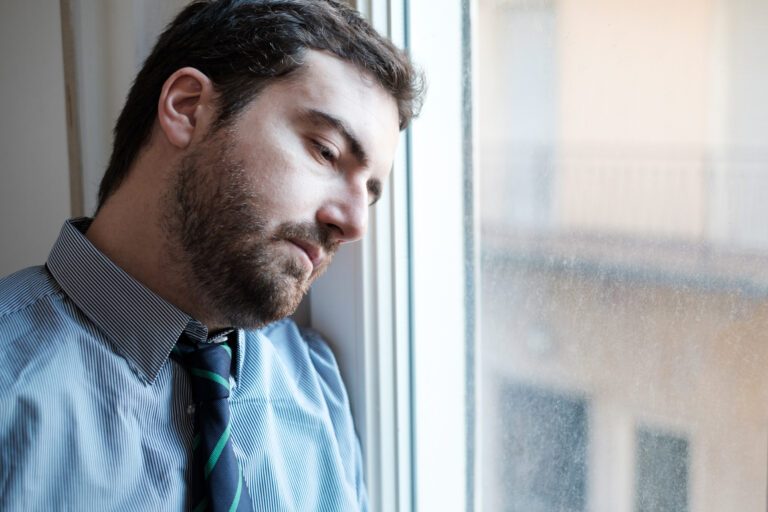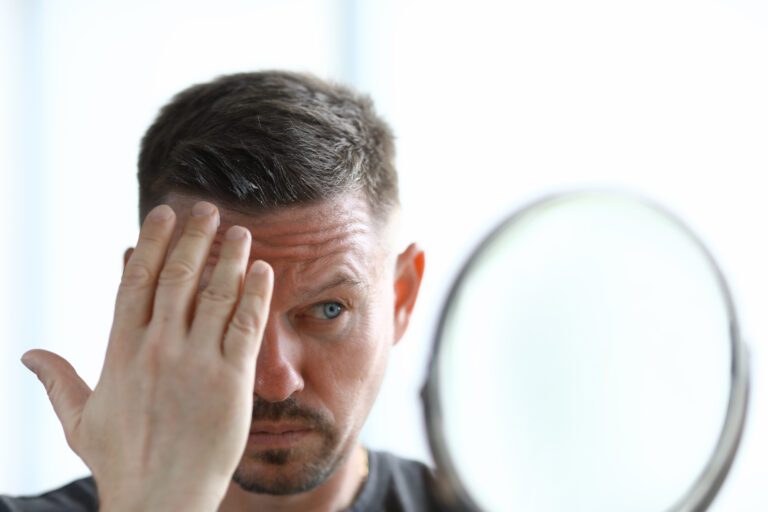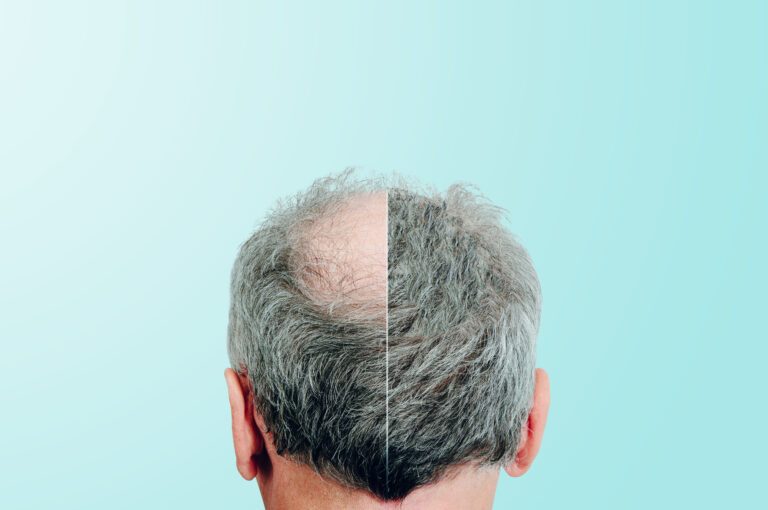What Is Hair Transplant Trypophobia & How to Overcome It?
Have Trypophobia and need to undergo a hair transplant procedure? You’re definitely experiencing awful feelings of anxiety and hesitation.
Although you know that these fears are irrational, it’s hard to overcome them. This case is called hair transplant Trypophobia, and it’s more common than you may think.
That said, with the proper treatment and practice, you can get over it.
In this post, we’ll walk you through all you need to know about hair transplant Trypophobia. More importantly, we’ll provide you with the solutions to overcome it.
What Is Trypophobia?
Trypophobia is the feeling of disgust or fear a person experiences when looking at objects that contain clusters of closely-spaced holes.
This type of phobia is relatively recent. It was named for the first time in 2005. Though, some stats claim that over 17% of the U.S. population have a certain degree of Trypophobia.
The awareness of this phobia has risen in recent years. That’s due to the widespread news about a Trypophobia-triggering smartphone.
The phone’s design featured multiple circular camera lenses sorted next to each other in a cluster. As a result, that brand received a lot of adverse reactions from many people.
That said, the objects that can trigger Trypophobia are many. Here’s a list of the common ones:
- Fruits, like strawberries and kiwi
- Honeycombs
- Sunflowers
- Bees
- Lotus Seed
- Sponges
- Snakes
- Frogs
- Lizards
- Some types of shoe soles
What Are the Symptoms of Trypophobia?
Although Trypophobia isn’t a disorder, it can devastate the quality of your life if you experience it frequently.
The most common symptoms of this phobia are the feelings of extreme discomfort, fear, or disgust.
Still, there are a bunch of less common symptoms that some individuals experience. Here are they:
- Lightheadedness
- Rapid breathing
- Vomiting
- Panic attacks
- Goosebumps
- Shaking
- Sweating
- Itching
Who Is Susceptible to Trypophobia?
There are no definite facts about who’s more prone to Trypophobia. Nonetheless, some findings suggest that people with mental health issues are the most susceptible.
These health conditions include depression, obsessive-compulsive, and anxiety disorders.
In addition, people with a family member who has Trypophobia are more likely to develop this phobia. Further, some reports stated that this phobia could be obtained by observation.
That means, if you repeatedly watch someone who responds with fear to a Trypophobia trigger, you may do the same over time. This is especially true for young children.
What Causes Trypophobia? 2 Theories to Explain
Scientists don’t know much about Trypophobia, and there’s no sure information about its causes so far.
However, some theories tried to explain this phenomenon. Here are the two most common theories:
1. Trypophobia Is a Survival Response
This theory classifies Trypophobia as an evolutionary survival response we inherited from our predecessors.
According to the theory, our ancestors’ brains used to interpret clusters of holes on an animal’s body as an indication of its toxicity.
Similarly, they viewed a person with holes in his skin as having a contagious disease. That way, they would avoid them. In both cases, holes are perceived as dangerous.
Another study linked Trypophobia with the feeling of touching Ectoparasites or transmitted pathogens.
They supported their claims by noting that when people experience Trypophobia, they often experience a crawling sensation.
Because these two objects are potentially deadly, a person’s body reacts to them with an innate fear response.
2. Trypophobia Is a Disliking of Circular Patterns
This theory states that Trypophobia has nothing to do with the objects themselves. Instead, it’s associated with the geometric pattern the triggering objects take.
Supporters of this theory link it to the fact that some people hate specific visual patterns for no apparent reason.
What Is Hair Transplant Holes Trypophobia?
Hair transplant Trypophobia is a condition of extreme fear a person feels when looking at the holes resulting from a hair transplant.
So, a person with this psychological issue will avoid a patient who recently underwent a transplant procedure.
Much worse, such a person can panic at the idea of undergoing transplant surgery. Even if they’re in dire need of it.
FUT vs. FUE Hair Transplant Trypophobia: What’s the Difference?
Both FUT and FUE techniques for transplanting hair result in scars and holes in the scalp. Still, there are some differences between the two methods regarding the density of holes.
Here’s a quick comparison between the two techniques:
FUE Hair Transplant Trypophobia
When transplanting hair using an FUE technique, the surgeon performs the procedure in two steps.
The first step is to harvest hair follicles from the donor areas. For this, the surgeon uses a punch tool to extract the grafts.
The second step is to transplant these grafts into the receptive regions. To do so, they use blades to insert the hair into the scalp.
So, in both actions, the surgeon creates a vast number of tiny holes in the donor and receptive areas.
FUT Hair Transplant Trypophobia
Unlike FUE, when using FUT, surgeons harvest hair using a thin strip instead of punch tools.
Due to using a strip, harvesting hair will result in only one long, thin scar in the donor area. This means harvesting hair won’t produce any cluster of holes.
That said, when the doctor transplants the hair into the receptive area, they use precise blades.
These blades cause holes while inserting the follicles in the receptive area. This is the same with the FUE technique too.
In other words, both FUE and FUT techniques cause tiny holes in your scalp. Nonetheless, the number of holes is approximately double when using FUE.
Keep in mind that the surgeon determines which of the methods to use based mainly on your hair condition. So, the choice has nothing to do with Trypophobia.
Further, the size of these incisions can range from 0.7 to 1.5 mm—depending on the grafts’ size and the tools used by the surgeon.
Still, the good news is these holes are temporary. It could take as little as just one month to partially or wholly disappear.
How to Diagnose Trypophobia?
Until now, the American Psychiatric Association doesn’t classify Trypophobia as a disorder. That’s why there’s no scientific method you can use to diagnose this phobia.
Nevertheless, there are some recommended steps that can help you figure out if you have Trypophobia.
Here they are:
1. Watch Your Reaction
Watch your reaction when you look at an image of a scalp with transplant holes.
Feeling fear or disgust when seeing the holes of a hair transplant may signify a probability of Trypophobia.
Still, you might just be a bit disgusted by the scars around the scalp. So, this isn’t necessarily a symptom of Trypophobia. You need to confirm your feelings by taking a simple test.
2. Take an Online Trypophobia Test
One of the easiest ways to discover if you have Trypophobia is by completing an online test called: Implicit Trypophobia Measure.
The test will display various images to you and assess your response to them. Some of these images contain holes, and others don’t. It’ll show each one for around a few seconds.
After displaying each image, the test will ask you to expect the duration the image stayed on the screen.
Based on your estimations of the durations for the two types of images, you’ll get the result of whether you have Trypophobia or not.
3. Consult Your Doctor
Conducting this test is just for the sake of discovering. So, if the test diagnoses you as a Trypophobia patient, you need to consult your doctor.
That way, the doctor will recommend suitable ways to handle your phobia.
How Long Do Hair Transplant Holes Take To Disappear?
The time the scalp takes to heal from the transplant surgery differs from person to person. It varies based on the surgeon, the technique, and the tools they used.
That said, on average, the tiny holes in the scalp take one to two weeks to heal partially. Thus, they become less visible.
Plus, these holes will completely disappear within one to one and a half months in both donor and receptive areas.
Meanwhile, the hair surrounding the holes of the donor areas will have grown. So, it’ll cover the subtle residual effects of scars in these areas.
It’s worth mentioning that you need to strictly follow the doctor’s instructions to avoid slowing down the healing process.
Can I Speed Up My Hair Transplant Holes Disappearing?
Unfortunately, you can do nothing to directly accelerate the process of the holes’ healing.
Nonetheless, the best thing you can do is to follow your doctor’s post-surgery instructions. This is to ensure you won’t slow down the process.
Given that, here are the most important things to do after the surgery:
- Don’t wash your scalp for about 3 to 4 days after the surgery
- Avoid scratching your head in any way
- Stay away from all activities that can lead to sweating, like highly intense activities
- Follow a proper diet and stay hydrated all day long
- Take the prescribed medications on time
- Minimize the stress and pressure to help your body recover from the surgery
- Stay away from overheating. This includes not using saunas, cookers, or being exposed to sunlight
- Adhere to the doctor’s list of temporarily forbidden medications, like beta-blockers, antidepressants, and so on
How Choosing an Experienced Surgeon Can Help with Hair Transplant Trypophobia
Choose a highly experienced surgeon to ensure that the transplant surgery will result in as few holes as possible. An expert surgeon can minimize scalp holes using many ways.
They’ll use precise 1 mm tools for extracting and inserting hair instead of bigger-size tools. This will result in only subtle dots over your head instead of the frightening large holes.
Another thing is that they won’t take a lot of hair from one small spot in the donor’s region. By not focusing on a small spot, they’ll prevent the formation of large, highly visible scars.
As a result, your scalp will have a better chance to heal faster. Plus, the surrounding hair will be able to cover the tiny dots within a couple of weeks completely.
Overall, an expert surgeon will make the appearance of the holes much less severe. So, they’re less likely to trigger your Trypophobia.
How to Get Over Trypophobia? 4 Effective Solutions
You can use a few treatment options to overcome your Trypophobia before undergoing a hair transplant surgery.
Here are the most effective ones:
1. Cognitive Behavioral Therapy
Cognitive behavioral therapy is a common approach used to treat phobias, including Trypophobia.
To apply this method, the therapist first identifies the symptoms you experience when exposed to the holes. Then they’ll teach you how to control these symptoms once they appear.
This is done using different relaxation techniques and mental tricks. Gradually, you’ll get used to employing these techniques yourself without the help of your therapist.
Another strategy this therapy applies is encouraging you to challenge your thoughts about the fear source.
First, you identify your point of view about holes holistically. Then, the therapist will help you spot the weak angles of your perception.
That way, you’ll be motivated to change your outlook on the source of fear. Thus, they’ll be less frightening.
2. Exposure Therapy
Exposure therapy is a highly effective behavioral treatment. It helps patients overcome many psychological issues. On top of these problems are phobias, stress, and anxiety.
Some studies have shown that a few weeks of exposure therapy can remarkably reduce phobia symptoms.
As such, this therapy will be super helpful for you to undergo a few weeks before the transplant surgery.
The principle on which this type of therapy relies is quite simple. After preparing you mentally, the therapist gradually exposes you to the source of the phobia.
Throughout the process, the therapist helps you familiarize yourself with that source of fear. To do so, they help you clearly identify the triggers and the symptoms you experience when facing your phobia.
Based on your condition, the therapist will provide practical solutions to help you confront the source of fear.
Over time, confronting the phobia will normalize it and make it less fearful. As you improve, the therapist exposes you to a more challenging degree of the phobia until you can face it fearlessly.
3. Psychiatric Medication
Your doctor might prescribe some well-known psychiatric medication to alleviate Trypophobia symptoms. Examples of these medications are beta-blockers, antidepressants, or anxiety drugs.
Beta-blockers work on reducing blood pressure and stress levels. The other two drugs produce a highly similar effect.
Such medications are vital if Trypophobia paralyzes you and prevents you from achieving your simple daily tasks.
That said, these drugs aren’t solutions; instead, they’re aids. So, they should go hand in hand with other treatments that target completely overcoming this illness.
It’s worth mentioning that you should stop these medications at least two weeks before the transplant surgery. Similarly, you shouldn’t take them for at least a month post-surgery.
4. Stress Management Practices
Practicing some stress management techniques can help in your goal to overcome Trypophobia. Activities like yoga and mindfulness have proven results in reducing stress.
Therefore, using them will help you deal with your Trypophobia more courageously.
The Bottom Line
Hair transplant holes Trypophobia can make you hesitant when it comes to transplanting your hair. Still, there are multiple ways to overcome this phobia. On top of the solutions comes exposure therapy.
This therapy will help you normalize your feelings when looking at Trypophobia-triggering objects. Another option is cognitive behavioral therapy, which can be super helpful in this case.
Plus, your doctor may prescribe some psychiatric medication to reduce the intensity of your phobia. Moreover, choosing an expert surgeon will minimize the number and intensity of scars on your scalp.







